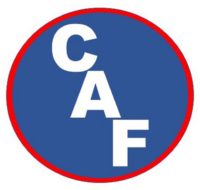Air compression generates heat. The heat exchanger is utilized to keep the hydraulic oil cool. Hydraulic is combustible and must remain well below its ignition temperature. There are several types of heat exchangers in use.
The first, a Shell & Tube is a cylinder-shaped device. Inside the cylinder is a coiled copper water line. The hot hydraulic oil passes through the heat exchanger cylinder surrounding the small water lines. A small amount of cool water from the fire pump circulates through the heat exchanger (small copper tubes) removing heat that is transferred from the hot hydraulic oil. The cooled oil then returns to the sump while the now hot water heads to the fire engine’s water tank to disperse the heat in the cooler water in the tank.
The 2nd type is a Brazed Plate that also utilizes water from the fire pump. This plate has tiny water ways and requires an extra fine mesh on the Water Line Clean Out Trap (Wye Strainer). It is critical that the clean out strainer be inspected often to prevent the stoppage of cool water flow.
Both the Shell & Tube and the Brazed Plate utilize small water lines and as such, are both susceptible to freezing. It is imperative that both types are properly drained of water during the cold freezing temperatures. A frozen heat exchanger must be replaced.
The 3rd type is air-oil cooling, operating similar to that of a car radiator. The air flowing over the fins removes the heat from the oil. The type of heat exchanger uses no water and is therefore not subject to freezing.






































